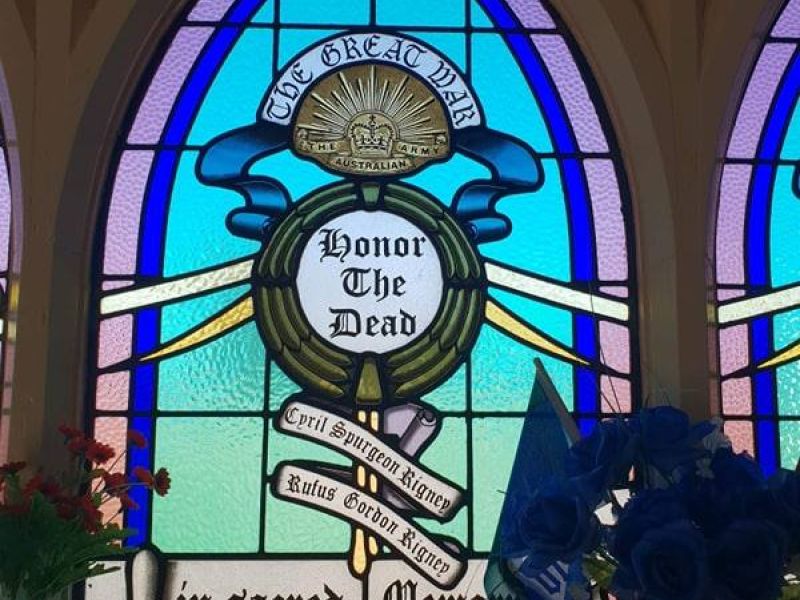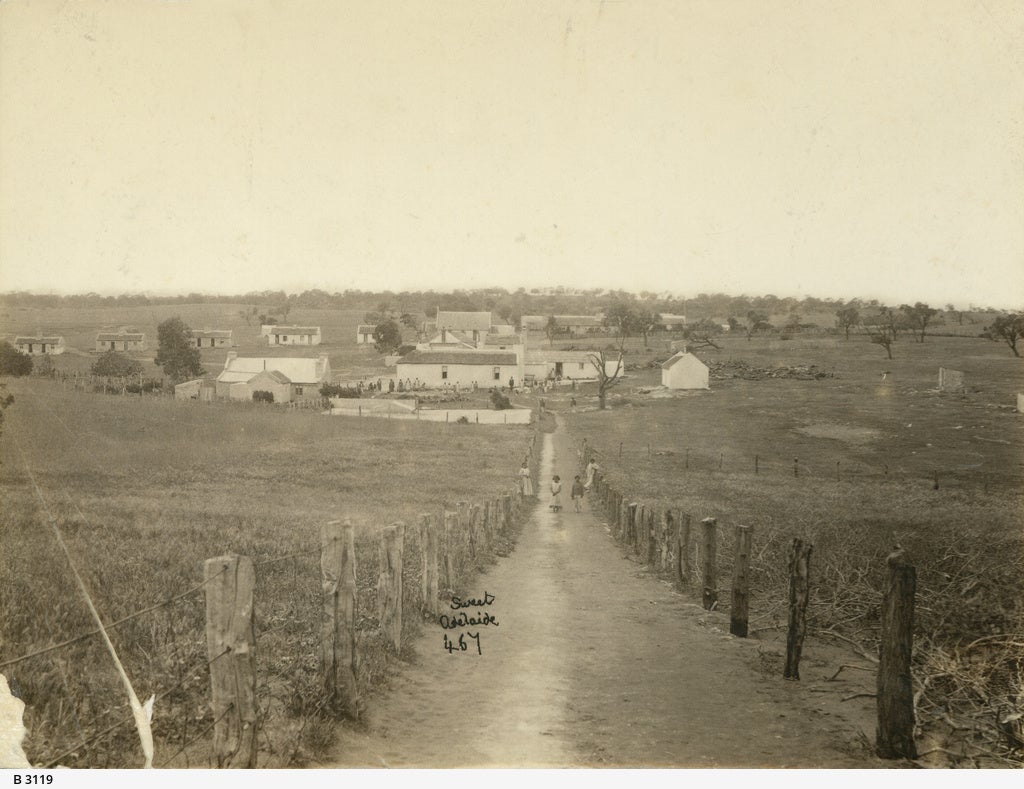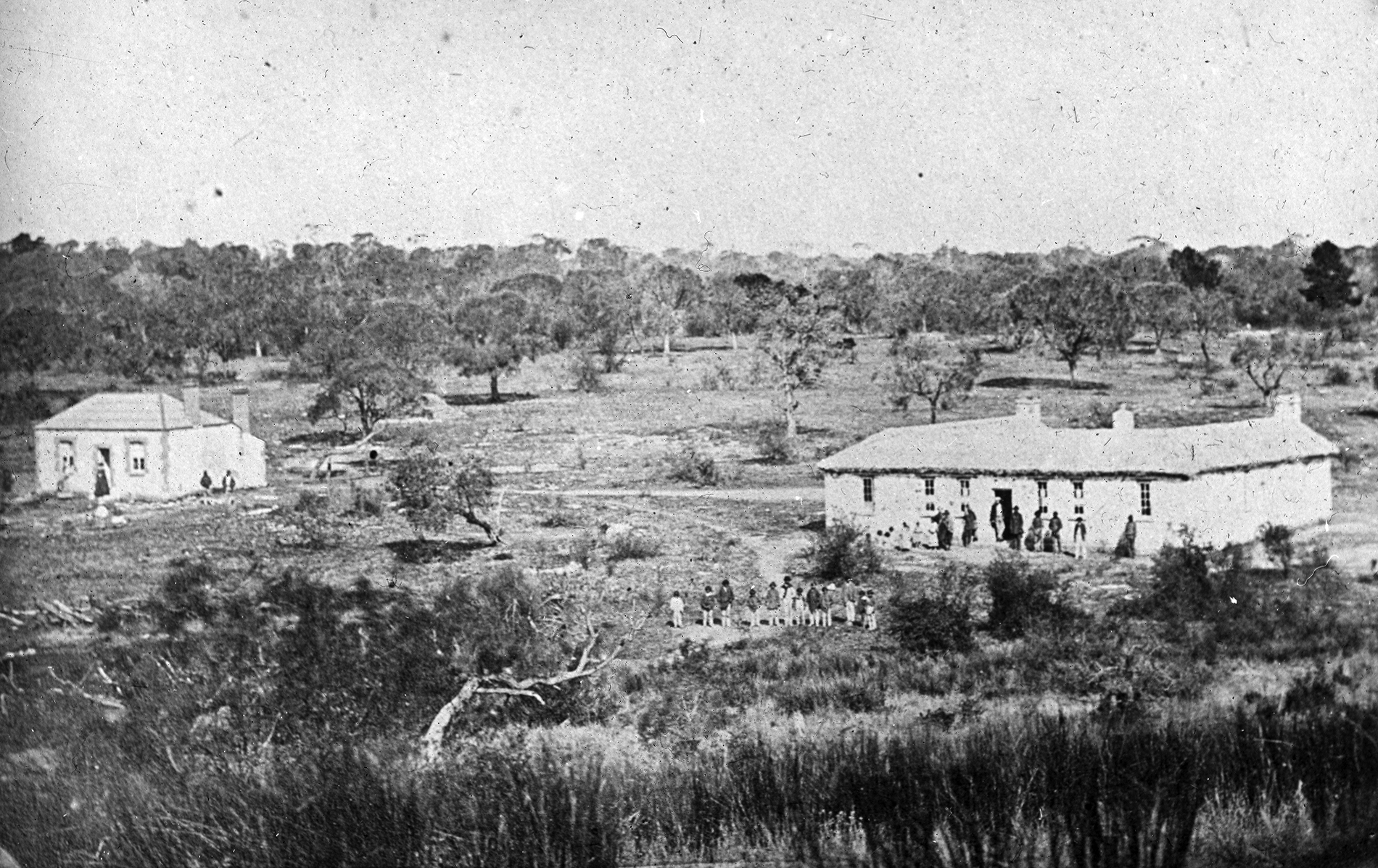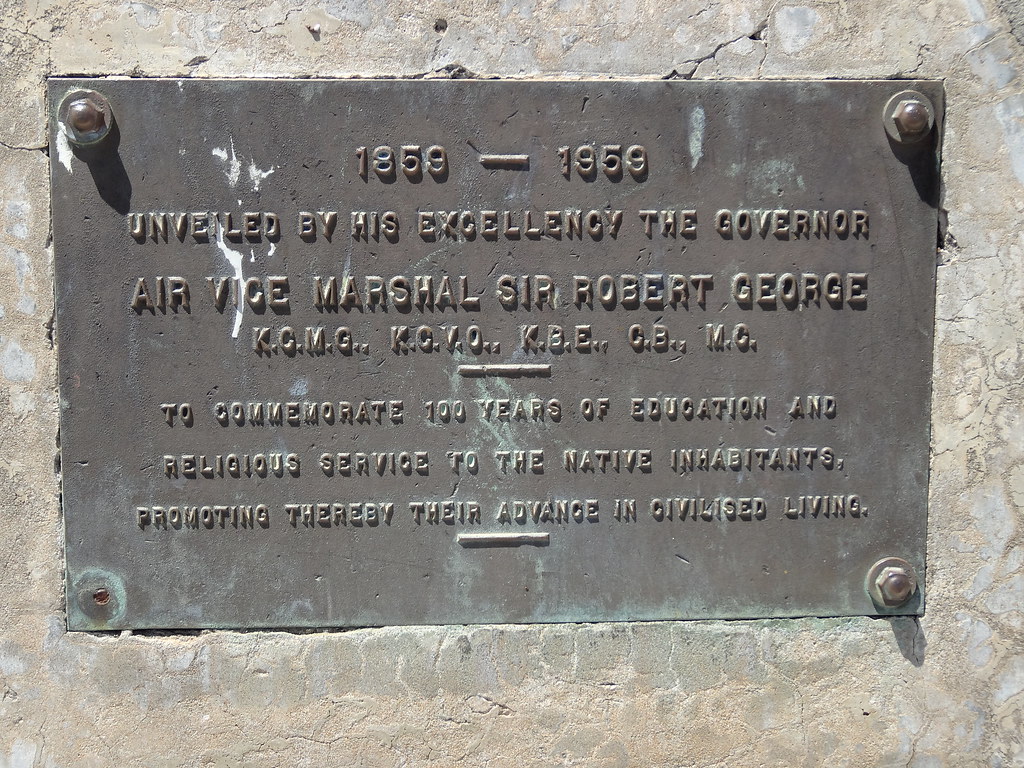
Raukkan Aboriginal Community. Formerly Point McLeay Flickr
Point McLeay Mission was founded on the shores of Lake Alexandrina in 1859 by the Aborigines' Friends Association for the Aboriginal people of the Lower Lakes. George Taplin, the Congregational minister, was its first administrator. Following Government administration from 1916, Point McLeay was returned to the Ngarrindjeri people in 1974 and.

Point McLeay Mission Station • Photograph • State Library of South Australia
During 1913, the Commission visited Aboriginal missions at Point McLeay, Point Pearce and Moonta, taking evidence from mission staff, board members, Aboriginal residents and pastoralists. The Final Report covered evidence taken during 1914 at Killapaninna and Koonibba Missions which the Commission also recommended be taken over by the government.

Mission Church, Point McLeay • Photograph • State Library of South Australia
Point McLeay. -35.508617, 139.133227. Segregated dormitories at Point McLeay Mission accommodated Aboriginal and Torres Strait Islander children who had been forcibly removed from their parents . Even children who lived with their parents at Point McLeay were taken away and isolated in the dormitories. Children were removed even when there was.

Point McLeay Mission Church War Memorial Window Places of Pride
Born at Raukkan (Point McLeay Mission), South Australia, David Unaipon was especially interested in recording Aboriginal myths and legends and, in 1924 and 1925, he travelled through southern Australia collecting the stories.. The mission's church, built in 1869, is depicted on the banknote with Milerum (Clarence Long) and his wife Polly.

Taplin Memorial at Point McLeay Mission now Raukkan. Flickr
The Point McLeay Mission Station was established at lake Alexandrina by the Aborigines' Friends' Association in 1859. Dormitories were set up at the Mission for orphan Aboriginal children. When Poonindie Mission closed in 1894 some families were transferred to Point McLeay. The State Government took control of the Mission in 1916 and the.

Point McLeay Bringing Them Home
In October 1853 they left to help at a mission school in Currency Creek then in February 1854 opened a school at Port Elliot. The school was taken over by the Education Department, but he stayed on as a teacher until 1859, when the Aborigines' Friends' Association appointed him to teach at Point McLeay Aboriginal Mission, now Raukkan,.

Unit 1 Separation and Control Indigenous Rights and Freedoms LibGuides at Northcote High School
Point McLeay Mission, now known as Raukkan, was established on the traditional land of the Ngarrindjeri people, south-east of Adelaide. Herbert Read, the resident lay missionary when war was declared, believed in the power of education to improve morals. Over 8 weeks in 1914-15, he gave a series of presentations to Aboriginal residents in.

Description of 50 Dollars 2007
Point McLeay Mission (renamed Raukkan in 1982) was founded in 1859 by the Aborigines' Friends Association. This station was designed to help the Aboriginal people of the Lower Lakes area. The poor quality of the land allocated did not assist good agricultural practices, and neighbouring farmers were unhappy about the efforts being made at the.

Cottages at Grange connected with the Point McLeay Mission • Photograph • State Library of South
The mission continually suffered from insufficient funds directed into the community to assist them in becoming more self-sufficient. Also suffering a lack of ongoing funds, Point McLeay Mission (renamed Raukkan in 1982) was founded in 1859 by the Aborigines' Friends Association.

Description of 50 Dollars 2007
Group of Australian Aboriginal children outside Point McLeay 'Aboriginal Mission Church'. This photograph was formerly identified by the South Australian Museum as AP 4184. Group of Australian Aboriginal men, women and children standing outside the dormitory at Point McLeay in 1892. Man and child standing in front of a fence which surrounds.

Taplin memorial at Point McLeay Mission now Raukkan… Flickr
The former Point McLeay mission (now Raukkan) for Aboriginals. Image courtesy State Library of South Australia. In 1962, as part of the removal of the Aborigines Act in South Australia, Aboriginals were given back their right to travel freely through the state. Residents at Raukkan (formerly Point McLeay) and Point Pearce mission stations were.

Distant view of Point McLeay Jetty • Photograph • State Library of South Australia
Raukkan is an Australian Aboriginal community situated on the south-eastern shore of Lake Alexandrina in the locality of Narrung, 80 kilometres (50 mi) southeast of the centre of South Australia's capital, Adelaide.Raukkan is "regarded as the home and heartland of Ngarrindjeri country.". It was originally established as Point McLeay mission in 1859 and became an Aboriginal reserve in 1916.

Summer house, Point McLeay Mission • Photograph • State Library of South Australia
His early years were spent at Raukkan, known to Europeans as Point McLeay Mission, on the south-eastern shore of Lake Alexandrina. The mission had been established by the Aborigines' Friends' Association in 1859 and in 1916 the South Australian government took over its management. Roland was educated at the mission school until the age of.

WALKING IN THE FOOTSTEPS OF OUR FIRST INVENTORS National Centre of Indigenous Excellence
The Point McLeay Aboriginal Mission, on the northern end of the peninsula between Lake Alexandrina and Lake Albert, was founded in 1859 by the Aborigines' Friends' Association. This organisation had been formed on 31 August 1858. The first missionary agent was George Taplin who began his duties on 4 April 1859. The mission was taken over by the.

Point McLeay Mission, East End a photo on Flickriver
Unaipon is a Ngarrindjeri man from Point McLeay Mission, now known as Raukkan in the Coorong region of South Australia. Born in the late 1870s, Unaipon's country, like many other First Nations, was invaded by white colonisers determined to wipe out Aboriginal peoples' identity, cultures and ways of life. There was violence in the confrontation.

Jubilee of Point McLeay Mission, South Australia 9 May 1… Flickr
He was born at the Point McLeay Mission (now known as Raukkan), on the Lower Murray in South Australia, on 28 September 1872. David Unaipon (also written as Ngunaitponi) was a writer, inventor.